😃
The three-body problem, which has plagued science since the days of Isaac Newton, is closer to being solved, scientists say.
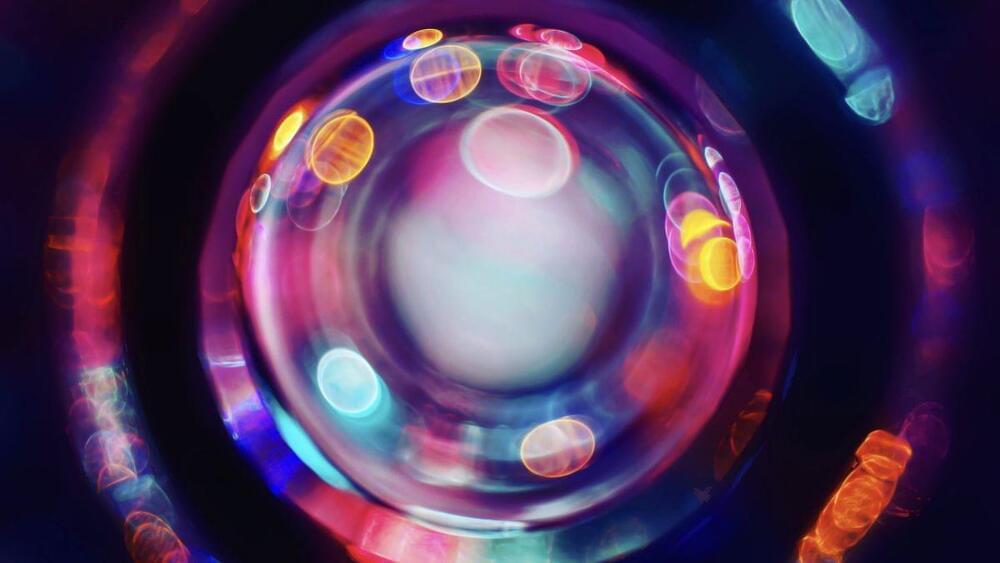
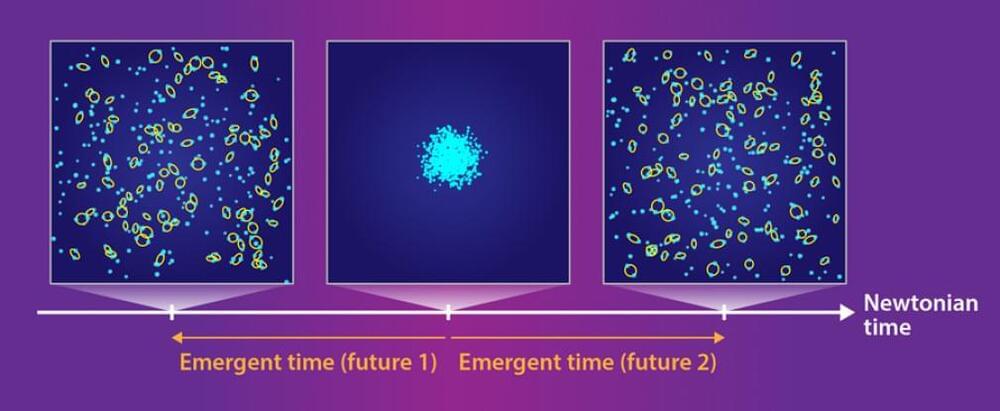
Learn More.
Hashem Al-Ghaili posted an episode of Today I Read.
Two parallel universes were produced by the big bang.
Physicists have performed an experiment that suggests time in our Universe may be directed by gravity, not thermodynamics, and that the Big Bang could have created two parallel universes — our own, in which time runs forwards, and a mirror one where time runs backwards.
Although the idea sounds pretty out there, the new hypothesis could help physicists solve some of their biggest issues with time — mainly the fact that they still can’t work out why it runs in only one direction.
In fact, this single “arrow of time” is one of the biggest conceptual problems of modern physics and has puzzled physicists for more than a century.
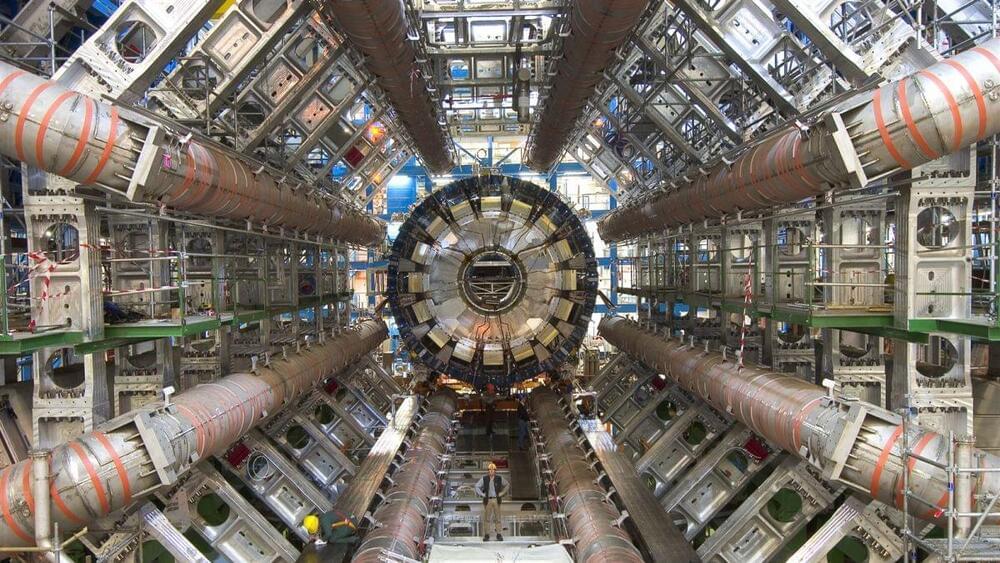
If you ask a physicist like me to explain how the world works, my lazy answer might be: “It follows the Standard Model.”
The Standard Model explains the fundamental physics of how the universe works. It has endured over 50 trips around the sun despite experimental physicists constantly probing for cracks in the model’s foundations.
With few exceptions, it has stood up to this scrutiny, passing experimental test after experimental test with flying colors. But this wildly successful model has conceptual gaps that suggest there is a bit more to be learned about how the universe works.
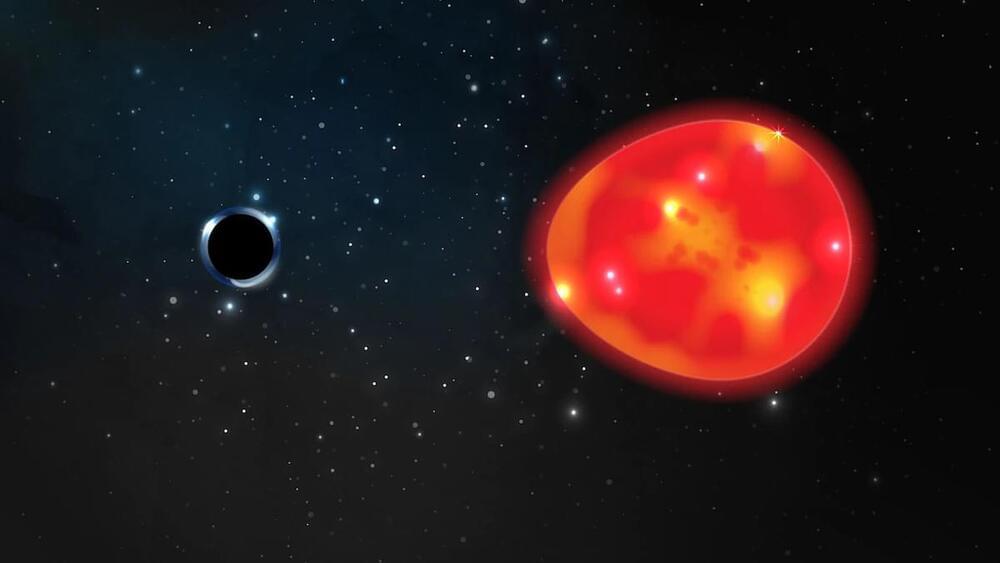
James Webb Tracker! #NASA #WEBB
#JWST #NASA #JamesWebbLaunch.
LIMITED EDITION Launch Commemorative Shirt — www.etsy.com/shop/TheLaunchPadShop.
James Webb Space Telescope launched on Saturday, Dec 25 at 12:20 UTC from Guiana Space Centre. Webb Telescope liftoff aboard Ariane 5 rocket.
James Webb Space Telescope (JWST) is a space telescope being jointly developed by NASA, the European Space Agency, and the Canadian Space Agency. It is planned to succeed the Hubble Space Telescope as NASA’s Flagship astrophysics mission.
With revolutionary technology, Webb will observe a part of space and time never seen before, providing a wealth of amazing views into an era when the very first stars and galaxies formed–over 13.5 billion years ago.
Webb is NASA’s largest and most powerful space science telescope ever constructed. Webb’s enormous size and frigid operating temperature present extraordinary engineering challenges.
After launching from French Guiana, the observatory will travel to an orbit about one million miles away from Earth and undergo six months of commissioning in space—unfolding its mirrors, sunshield, and other smaller systems, cooling down, aligning, and calibrating.
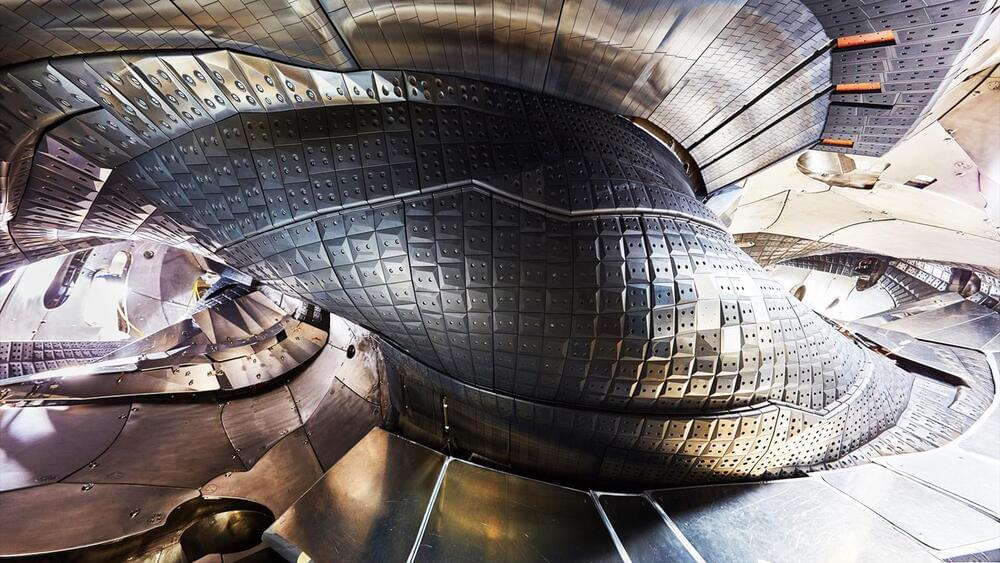
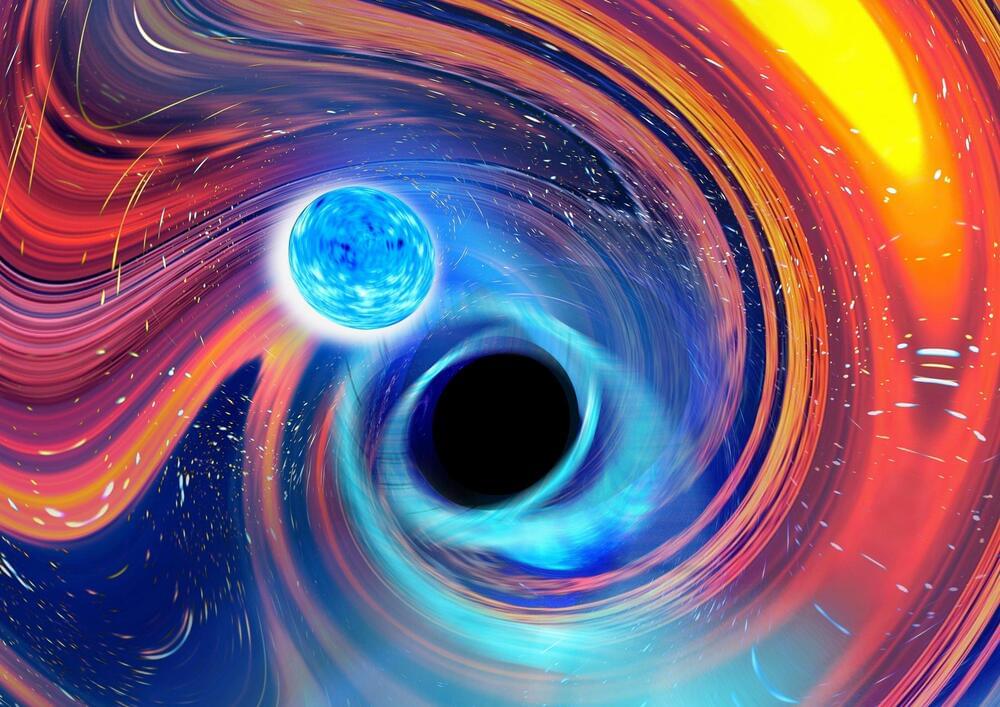
The largest catalog of gravitational wave events ever assembled has been released by an international collaboration that includes Penn State researchers. Gravitational waves are ripples in space time produced as aftershocks of huge astronomical events, such as the collision of two black holes. Using a global network of detectors, the research team identified 35 gravitational wave events, bringing the total number of observed events to 90 since detection efforts began in 2015.
The new gravitational wave events were observed between November 2019 and March 2020, using three international detectors: The two Advanced Laser Interferometer Gravitational-Wave Observatory (LIGO
The Laser Interferometer Gravitational-Wave Observatory (LIGO) is a large-scale physics experiment and observatory supported by the National Science Foundation and operated by Caltech and MIT. It’s designed to detect cosmic gravitational waves and to develop gravitational-wave observations as an astronomical tool. It’s multi-kilometer-scale gravitational wave detectors use laser interferometry to measure the minute ripples in space-time caused by passing gravitational waves. It consists of two widely separated interferometers within the United States—one in Hanford, Washington and the other in Livingston, Louisiana.

As robotics is growing, tech enthusiasts are looking beyond the story of the evolution of robotics and learning deeply about what is robotics. This article deals with the robotics evolution.
A magnetic field can be used to switch nanolasers on and off, shows new research from Aalto University. The physics underlying this discovery paves the way for the development of optical signals that cannot be disturbed by external disruptions, leading to unprecedented robustness in signal processing.
It was a big year. Fermilab discovered possible evidence of new physics with the muon G-2 experiment. Physicists created a time crystal, a new phase of matter that appears to violate one of nature’s most cherished laws. And we got a glimpse of an enormous pair of bubbles towering over the Milky Way. Read the articles in full at Quanta: https://www.quantamagazine.org/the-year-in-physics-20211222/
Quanta Magazine is an editorially independent publication supported by the Simons Foundation.

A new study finds the magnetic field generated by a tsunami can be detected a few minutes earlier than changes in sea level and could improve warnings of these giant waves.
Tsunamis generate magnetic fields as they move conductive seawater through the Earth’s magnetic field. Researchers previously predicted that the tsunami’s magnetic field would arrive before a change in sea level, but they lacked simultaneous measurements of magnetics and sea level that are necessary to demonstrate the phenomenon.
The new study provides real-world evidence for using tsunamis’ magnetic fields to predict the height of tsunami waves using data from two real events—a 2009 tsunami in Samoa and a 2010 tsunami in Chile—that have both sets of necessary data. The new study was published in AGU’s Journal of Geophysical Research: Solid Earth, which focuses on the physics and chemistry of the solid Earth.